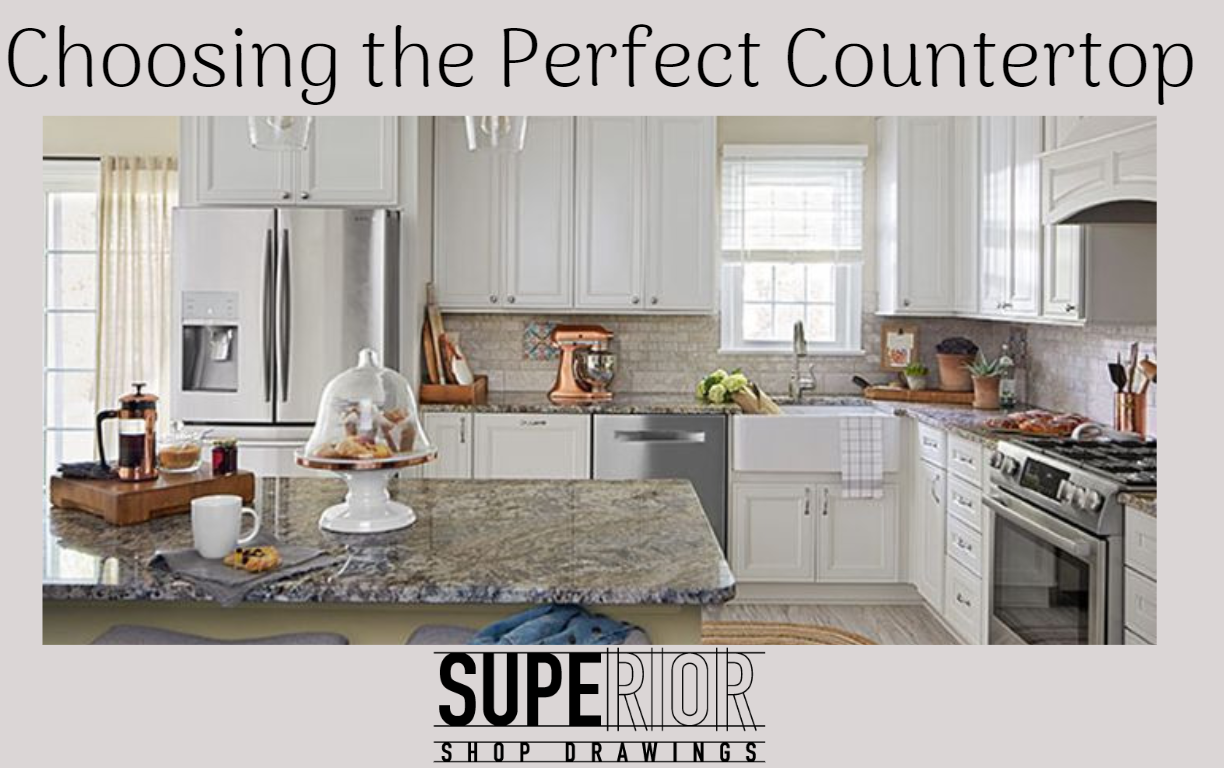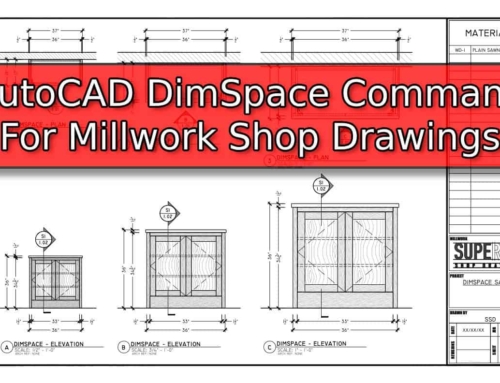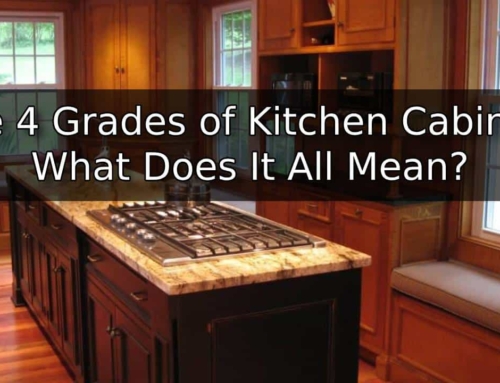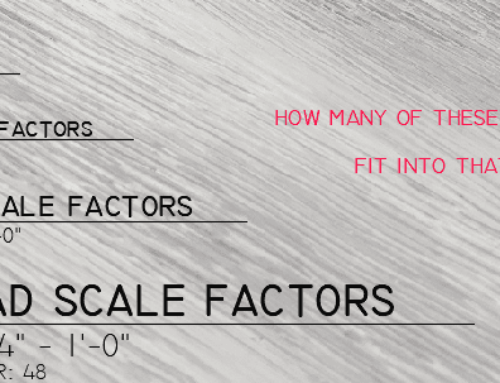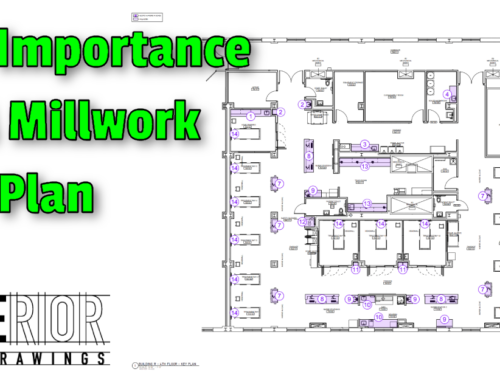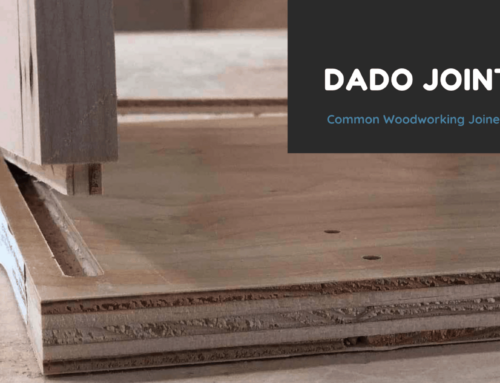Did you know that when you are remodeling your kitchen, 10-15% of your budget is typically spent on countertops? When you think about all of the items you have to decide on (appliances, cabinets, flooring, paint, and countertops), that’s a pretty big chunk of your budget.
Deciding on what to choose can be quite overwhelming. There are so many types to choose from. How do you know which type is best for your home? In today’s blog, I will talk about the pros and cons of the 10 most popular countertops and their pros and cons.
1. Laminate Countertops
Laminate is made from layers of plastic that are bonded to particleboard. It became popular in the late 1950s and is still a very popular countertop today. The cost of laminate can range between $15 and $40 per square foot.

Pros
Laminate is a great option for someone who is on a limited budget. Another pro is the versatile color palette to choose from. Besides color, laminate comes in a variety of styles, patterns, and finishes. This makes it easy to really customize your countertop. It is also very easy to keep clean. It can be ordered as a post-form countertop. A post-form countertop is pre-manufactured and all of the cutting and forming are done by a machine. The edges on a post-from countertop will be rounded rather than a square. Although adding additional costs, this process will show the least amount of seams. Laminate is also relatively easy to install if you are a DIYer.
Cons
Typical laminate lasts 10-15 years depending on how well you care for it. One of the biggest cons to laminate is easily scratched or chipped. It’s important to use cutting boards on laminate if you want to preserve it. Laminate is also easily damaged by heat. If you damage your laminate countertop, you will not be able to repair it. When it comes to the resale of your home, laminate does not add value to your home.
2. Tile Countertops
Tile is typically made from porcelain, ceramic or glass. It continues to be one of the most popular options for countertops because of its endless variety of styles, shapes, sizes, and colors. A tile countertop will cost you on average $18-$35 per square foot.

Pros
As mentioned above, a key advantage of choosing tile for your countertops is its variety. There are endless possibilities in terms of design. Tile is also easy to clean. It is an affordable option for the budget-conscious. Another pro to tile is that it is heat resistant. These countertops are durable and should last for several decades if cared for properly.
Cons
Tile is put together using grout. Grout can be very difficult to clean and stains easily. Since tile is made of porous material, it is more susceptible to bacteria and germs.
3. Solid Surface Countertops
A solid surface is made from a combination of acrylic, polyester, and resin. When people think of a solid surface, they usually think of Corian. Generally speaking, solid surface countertops cost $35-$85 per square foot.

Pros
Solid surface countertops come in over 100 different colors as well as different patterns. Many of the patterns even resemble more expensive countertops like quartz or even granite. Solid surface is extremely durable and resists staining. If it gets damaged, you are usually able to sand it out. Because they are nonporous, they are also relatively easy to clean and maintain.
Cons
Solid surface countertops are not heat resistant. If a hot pan is left on the countertop, it will most likely warp. Solid surface countertops need to be installed by a professional. If you are a DIYer, this countertop is not for you.
4. Wood Countertops
Wood comes in a variety of designs from butcher block to bamboo. Typically seen in restaurants and butcher shops, wood countertops have become a popular choice for a home kitchen. Wood countertops can range between $40 and $200 per square foot, depending on the type of wood you choose.

Pros
If cared for properly, wood countertops can last well over 20 years. Wood countertops do a good job hiding scratches and cuts. The look of a kitchen with wood countertops provides a warm and homey feel. This helps with the value of your home. Wood countertops are also easy to clean and maintain. From the type of wood to the color, and the grain of the wood, wood countertops have many options to choose from.
Cons
Wood countertops do require maintenance. They should be resealed every couple of years to prevent mold and bacteria buildup. It is recommended, especially with butcher block, to oil your countertops every six months to a year. Wood Countertops are also on the pricier side. Even though they are durable, wood countertops can still show scratches and dents. Wood softer than stone, metal, and other materials so you should still make sure you are careful when using sharp tools.
5. Recycled Glass Countertops
Recycled glass is made from 80-90% of post-consumer glass. It is mixed with either cement or a resin-based binder to create the countertop. Recycled glass countertops bring a very unique look to your kitchen as no two countertops will ever be the same. These countertops average $50-$125 per square foot.
Pros

The most obvious pro to choosing recycled glass is that it is environmentally friendly. Using post-consumer glass to create the countertop helps to reduce the amount going into landfills. Because of the different glass, the countertops give a custom look to a kitchen with having a moderate price tag. These are also non-porous so there is minimal risk of bacteria and germs as long as it is cleaned with soap and water. It is heat resistant and also extremely durable. Recycled glass holds its color.
Cons
Because it is glass, if something heavy is dropped on it, there is the possibility of it breaking, cracking, or chipping. Depending on the color and the design, these countertops are also prone to showing watermarks and fingerprints.
6. Concrete Countertops
Concrete is one of the trendiest countertops to choose from. It has become popular thanks to Joanna Gaines from “Fixer Upper” and her farmhouse style. These countertops are custom-poured so they are easily customized. The cost of these countertops ranges from $75-$125 per square foot or sometimes even higher.

Pros
Concrete countertops are extremely durable. They are not very easily chipped. If the countertop is scratched or damaged, it is usually fairly easy to repair. These countertops can also be customized is a variety of ways. They can be pigmented to achieve whatever color you like. You are also able to embed items such as stones, colored glass, and tiles inside the concrete to make it unique to your style. It is relatively easy to clean. These countertops are very durable and can last for well over 20 years. Because it is heat resistant so you do not need to worry about using hot plates.
Cons
Concrete countertops are expensive. It is a premium product and not for those on a low budget. If the concrete cracks or gets damaged, it can be difficult to repair if you have customized it. Because the concrete is poured, you are not able to use the countertops right away. It can take up to 28 days for concrete to dry completely. Concrete is porous so it is susceptible to stains and bacteria. You need to be careful when choosing cabinets and floors when you have concrete countertops as the weight of the countertop can cause them to warp, similar to stone countertops.
7. Quartz Countertops
Quartz is made of engineered stone. They are made up of approximately 93% quartz and 7% resin. Quartz countertops were created as an alternative to marble and granite. The cost of quartz ranges between $55-$155 per square foot.

Pros
Quartz can come in a variety of colors, textures, patterns, and finishes. It is an extremely durable product. Because of its durability, quartz can last for well over 20 years. Quartz is non-porous so it is resistant to stains as well as bacteria. It is easy to clean. Quartz is also easy to maintain and does not require sealing. If you are a DIYer, quartz is a good option. Having quartz countertops also will add value to your home.
Cons
The most obvious downside to quartz is the price. Quartz is not as heat-resistant as granite or tile. Another downfall to quartz is the possibility of it fading or warping if exposed to prolonged direct sunlight.
8. Stainless Steel Countertops
In years past, stainless steel has generally been seen only in commercial kitchens and restaurants. With the industrial look being a hot trend in the kitchen, many people choose this type of countertop for their kitchen. The cost of stainless steel countertops ranges from $80-$225 per square foot.
Pros

The biggest advantage of choosing stainless steel is they are extremely durable. Because of its durability, they can last 15-25 years. They are also the easiest countertop to clean. Because it is not porous, bacteria is easily removed. Stainless steel is also impervious to heat damage. Since it considered to be a premium countertop, this can add value to your home.
Cons
Even though stainless steel can add value to your home, it can also decrease the value to your home because it is uncommon. They are cold to the touch and can sometimes be seen as uninviting. Another con is it shows fingerprints. For those that have little ones at home, it will be difficult to keep the countertop looking clean. Lastly, stainless steel scratches extremely easy.
9. Granite Countertops
Granite is one of the most popular types of countertops on the market. These are a naturally made composite of quartz, mica, and feldspar. Ranging anywhere from $45-$200 per square foot, granite is one of the most expensive countertops to purchase.

Pros
Because of its durability, granite countertops can last forever. It is available in a variety of light and dark colors. Granite is also easy to clean. You do not need to worry about scratches if you choose granite for your countertop. It is also heat-resistant. Because it is a high-end product, having granite will increase the value of your home.
Cons
The most obvious disadvantage to choosing granite is the price tag that comes along with it. Granite is extremely hard, so you should avoid cutting on it as it will dull your knives. If you are looking to install your countertops yourself, it is not recommended to choose granite. Granite can crack if it is not installed properly. Since granite is porous, it requires routine sealing to avoid stains and bacteria growth.
10. Marble Countertops
Another very common natural stone used is marble. These countertops are made from large blocks of stone that are cut from a quarry. From there, thin pieces of stone, called slabs, are cut. With a price range of $75-$250 per square foot, this a very high-end product.

Pros
No two sheets of marble are exactly the same which makes every piece original. There is a wide variety of color options. Marble has a high resistance to heat. Another huge advantage to choosing marble is its durability. Marble countertops can last for as long as you are in your home as long as you maintain it. Marble also will increase the value of your home.
Cons
The most obvious disadvantage of choosing marble is the price. Marble is not for those who are budget-conscience. Marble is porous so it is important to reseal your countertops as often as once per year. If acidic items are left on the counter, they could etch. Marble is not for DIYers. If marble is scratched, it is unable to be repaired.
Final Thoughts
Before deciding what type of countertops you are looking for, it is important to do your homework. Setting your budget, deciding your home style, and choosing colors will play significant roles in your decision. I hope that in reading this article, you have a better understanding of the most popular countertops. Stay tuned next week when I talk about how architectural millwork can increase productivity in the workplace. In the meantime, check out a blog from a few weeks back to learn more about increasing your productivity at work.
- The benefits of an organized kitchen - July 6, 2020
- Popular Kitchen Cabinet Colors of 2020 - July 3, 2020
- The History of Kitchen Cabinets - June 29, 2020
